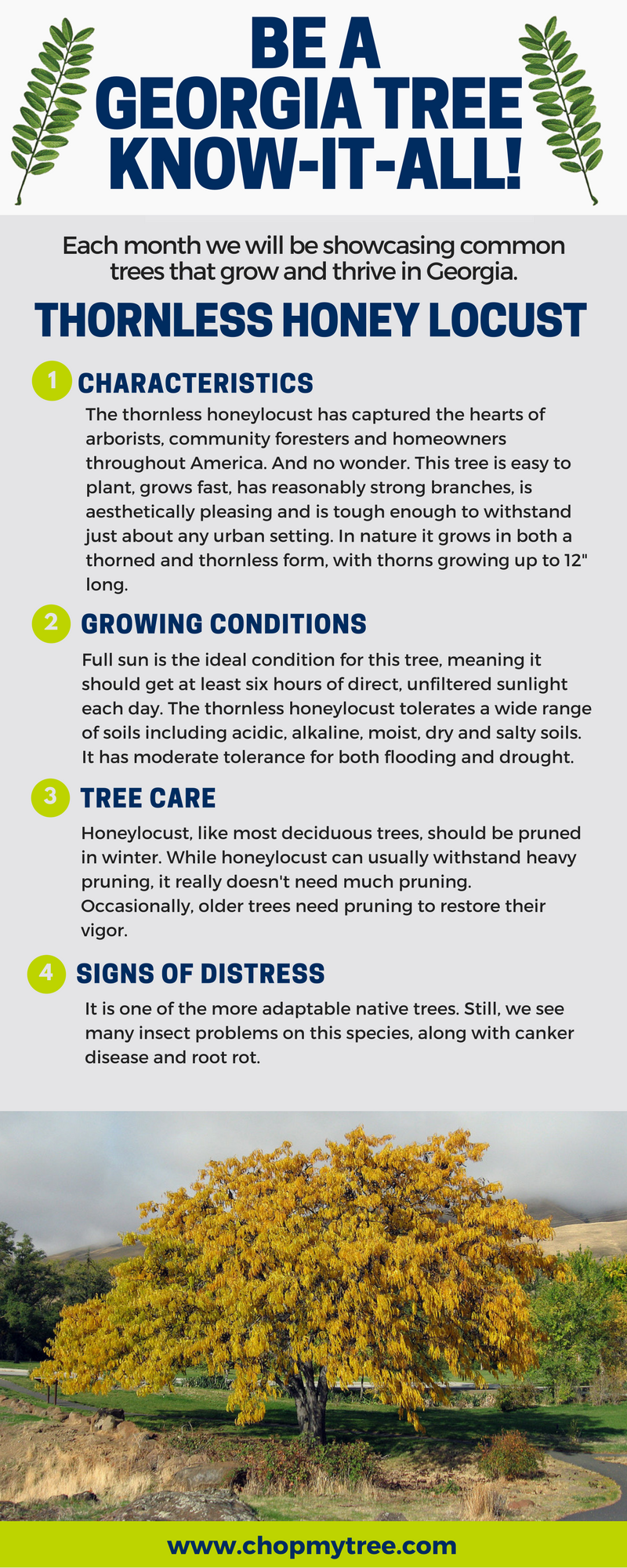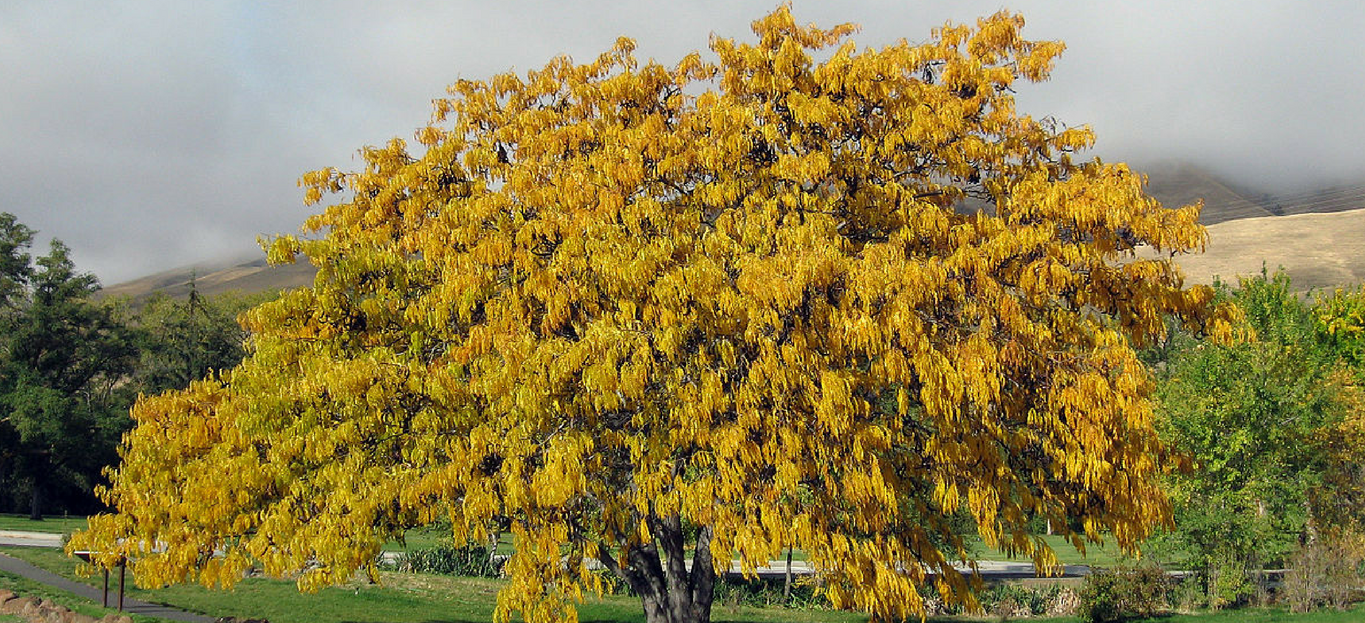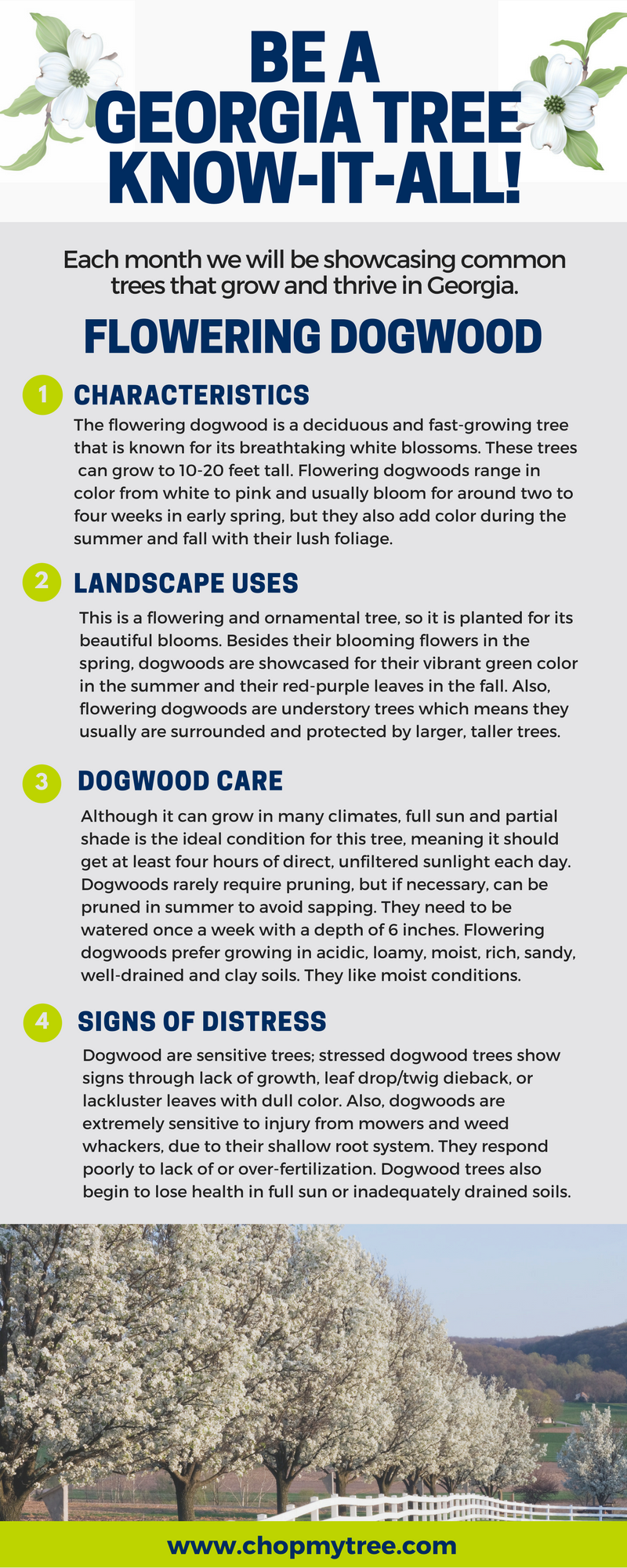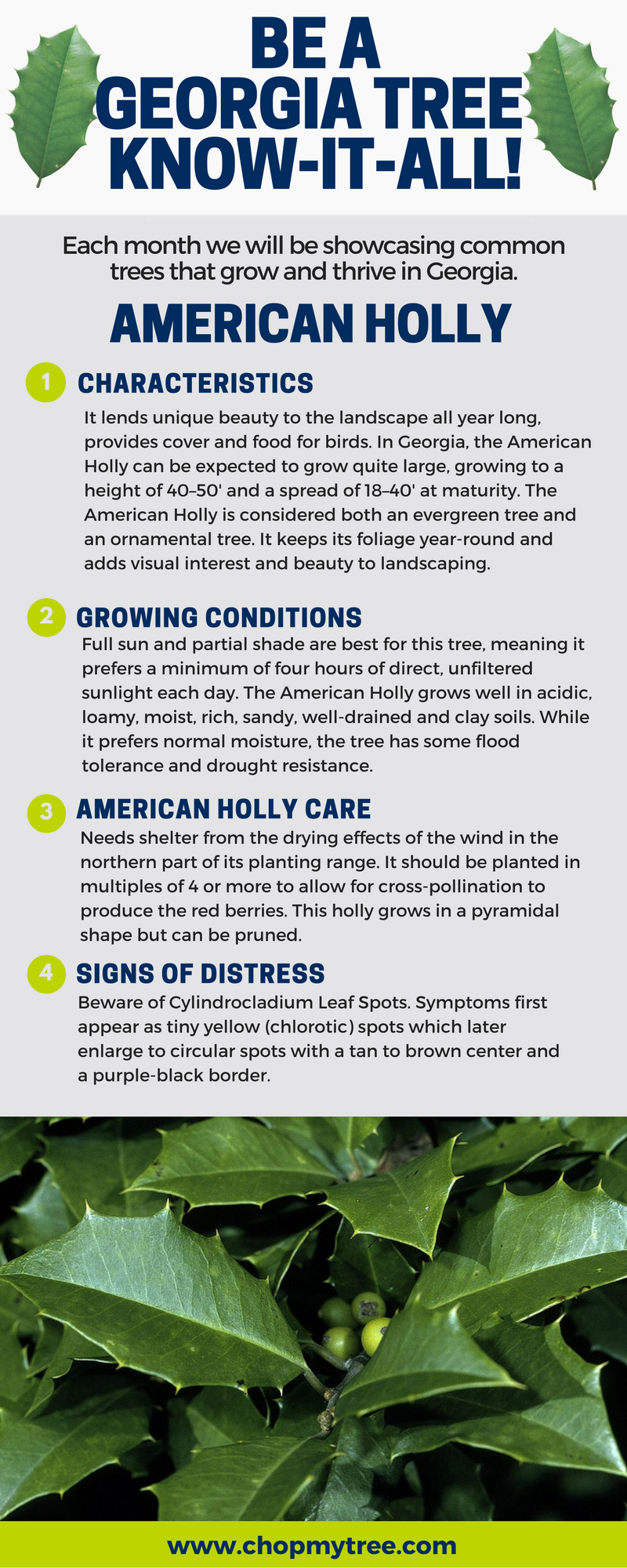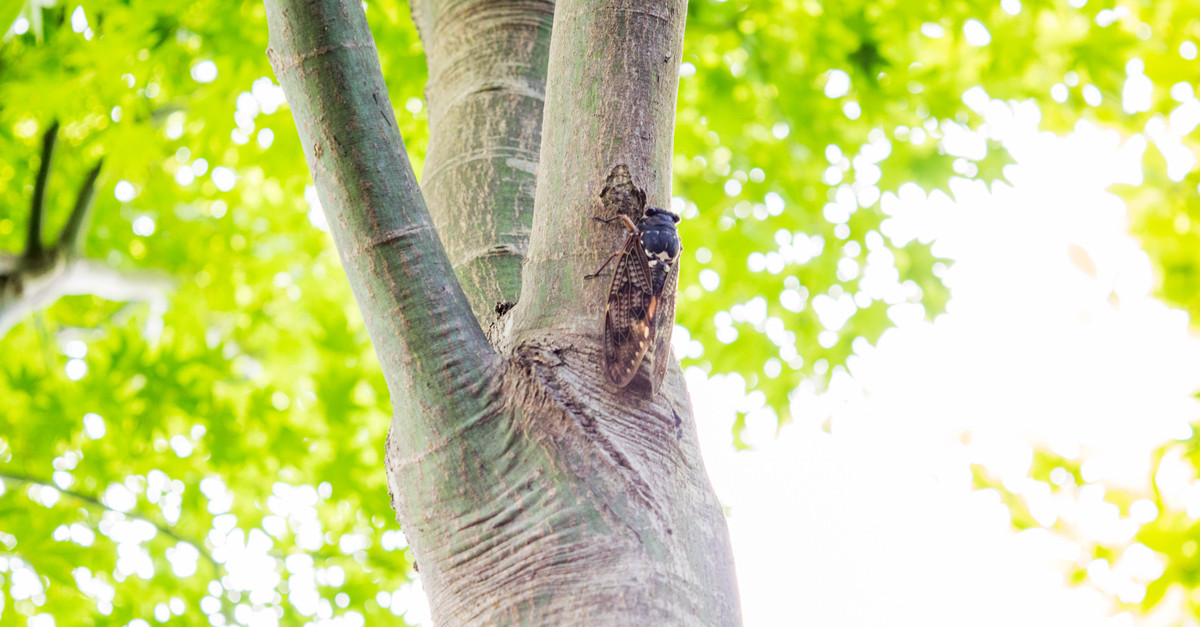We think of trees as lovely additions to a yard’s verdant green space, and usually, they are. Sometimes, however, they become decidedly unlovely, or downright dangerous. Even if they don’t go marching off to war like Tolkien’s Ents, they can still cause serious damage if you fail to keep them in line.
Tactic Numero Uno? Pruning. Here are six signs you need to pull out those shears and get trimmin’ today.
- Deadwood
Deadwood – parts of the tree that are gray or brown, and have stopped growing altogether – can fall out of the tree at any moment. This is extremely dangerous for people and property, so it’s critical you prune it out right away.
- Cracks, Splits, Breaks
Cracks, splits, breaks, and other wounds are also signs that the tree may be compromised, making it more likely to drop branches. Again, prune immediately.
- Roving Branches
Sometimes roving branches just grow in the wrong direction and get in the way. This might be simply annoying, or it can be hazardous, especially if branches are growing into telephone wires, near fuse boxes, etc.
- Unappealing Shape
All trees have a natural shape, and pruning helps them maintain it best. This isn’t always intuitive, but online pruning guides can help you get a visual image of the proper methods of pruning trees, or you can ask an expert.
- Multiple Leaders
A leader is the trees vertical, topmost branch that runs up along the line of the trunk. Each tree should only have one. If it has more, you must remove the other(s), or else the tree will compete with itself. This makes it less healthy and less beautiful.
- Area Overgrowth
Sometimes a tree just gets too big for its spot. Many times people plant trees based on what they look like as saplings or juveniles and don’t take into account what will happen when they reach full growth. In that case, you may need to move the tree or remove it all together.
Of course, it’s often not possible to move a tree yourself – or even to trim them safely. If you need help, call Premier Tree Solutions, your amiable Atlanta arbor assistant. We offer tree trimming, pruning and removal, as well as storm cleanup, branch clearing, stump grinding, and more. If you’d like to learn more about us and how we can help you, please get in touch and contact us here.
